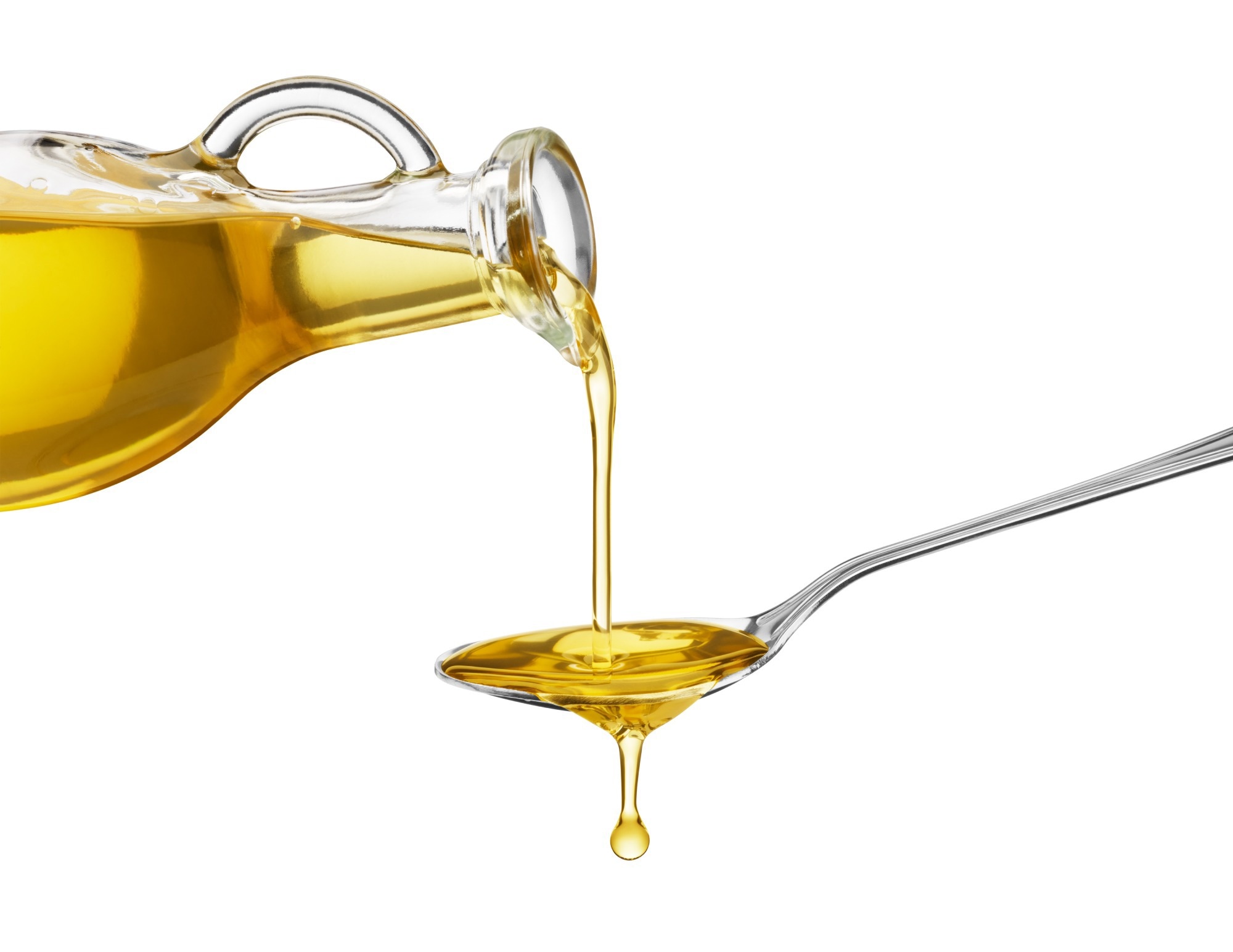Will your competent hospital put this protocol into their emergency room doctor handbook with all these other fast diagnosis options? Or don't you have a functioning stroke hospital with protocols to follow as stroke patients come in?
Hats off to Helmet of Hope - stroke diagnosis in 30 seconds; February 2017
Smart Brain-Wave Cap Recognises Stroke Before the Patient Reaches the Hospital
October 2023
And then this to rule out a bleeder.
New Device Quickly Assesses Brain Bleeding in Head Injuries - 5-10 minutes April 2017
The latest here:
New blood test for strokes could help tackle a $2 trillion problem, researchers say
By Eleanor Laise
Test can accelerate treatment for severe stroke patients, when minutes matter
A new blood test can quickly detect a particularly severe type of stroke, according to new research released Friday, dramatically improving patients' odds of getting lifesaving treatment before it's too late.
The test identified large-vessel occlusion strokes - which occur when a major artery in the brain is blocked - with a high level of accuracy, according to the study led by researchers at Brigham and Women's Hospital in Boston and published in the peer-reviewed journal Stroke: Vascular and Interventional Neurology.
Every minute matters when treating these strokes, because brain cells can die quickly when blood supply is disrupted. Traditionally, the strokes have been diagnosed with the help of computed tomography or magnetic resonance imaging procedures - and it can take hours to complete those procedures, interpret the results and get the patient to a hospital capable of providing the right treatment, Joshua Bernstock, clinical fellow at Brigham and Women's Hospital and senior author of the study, told MarketWatch.
The new blood test can detect a large-vessel occlusion stroke within 10 to 15 minutes, Bernstock said. "We have developed a game-changing, accessible tool that could help ensure that more people suffering from stroke are in the right place at the right time to receive critical, life-restoring care," Bernstock said in a statement.
Every year, nearly 800,000 people in the U.S. have a stroke, according to the Centers for Disease Control and Prevention. Stroke is also the second-leading cause of death globally, even though it is highly preventable and treatable, according to a report last year from the World Stroke Organization-Lancet Neurology Commission. If current trends continue, stroke deaths could increase 47% by 2050, the report found.
Worldwide, total macroeconomic losses linked with strokes totaled more than $2 trillion in 2019, or about 1.7% of global gross domestic product, according to a study published last year in the journal Stroke.
Large-vessel occlusion strokes require quick treatment with mechanical thrombectomy, a surgical procedure to remove the blockage. The earlier that procedure can start, "the better the patient's outcome is going to be," Bernstock said in a statement. The new test, he added, "has the potential to allow more people globally to get this treatment faster."
The test, Bernstock told MarketWatch, could potentially allow patients to bypass the time-consuming imaging procedures altogether and move directly to treatment.
The study also found that the combination of blood-based biomarkers and a clinical score could identify the severe strokes while ruling out other conditions such as bleeding in the brain, which can cause similar symptoms but requires different treatment.
The researchers are also conducting a trial to assess the test's performance when used in an ambulance. The team plans to start the U.S. regulatory approval process for the test later this year, Bernstock said.
The test could have a particularly significant impact, Bernstock said, by improving patients' access to thrombectomy in lower- and middle-income countries that don't have widespread imaging capabilities. "By democratizing access to this transformative therapy, I hope it will touch the lives of millions of people," he said.
-Eleanor Laise
This content was created by MarketWatch, which is operated by Dow Jones & Co. MarketWatch is published independently from Dow Jones Newswires and The Wall Street Journal.

![author['full_name']](https://clf1.medpagetoday.com/media/images/author/crystalPhend_188.jpg)



